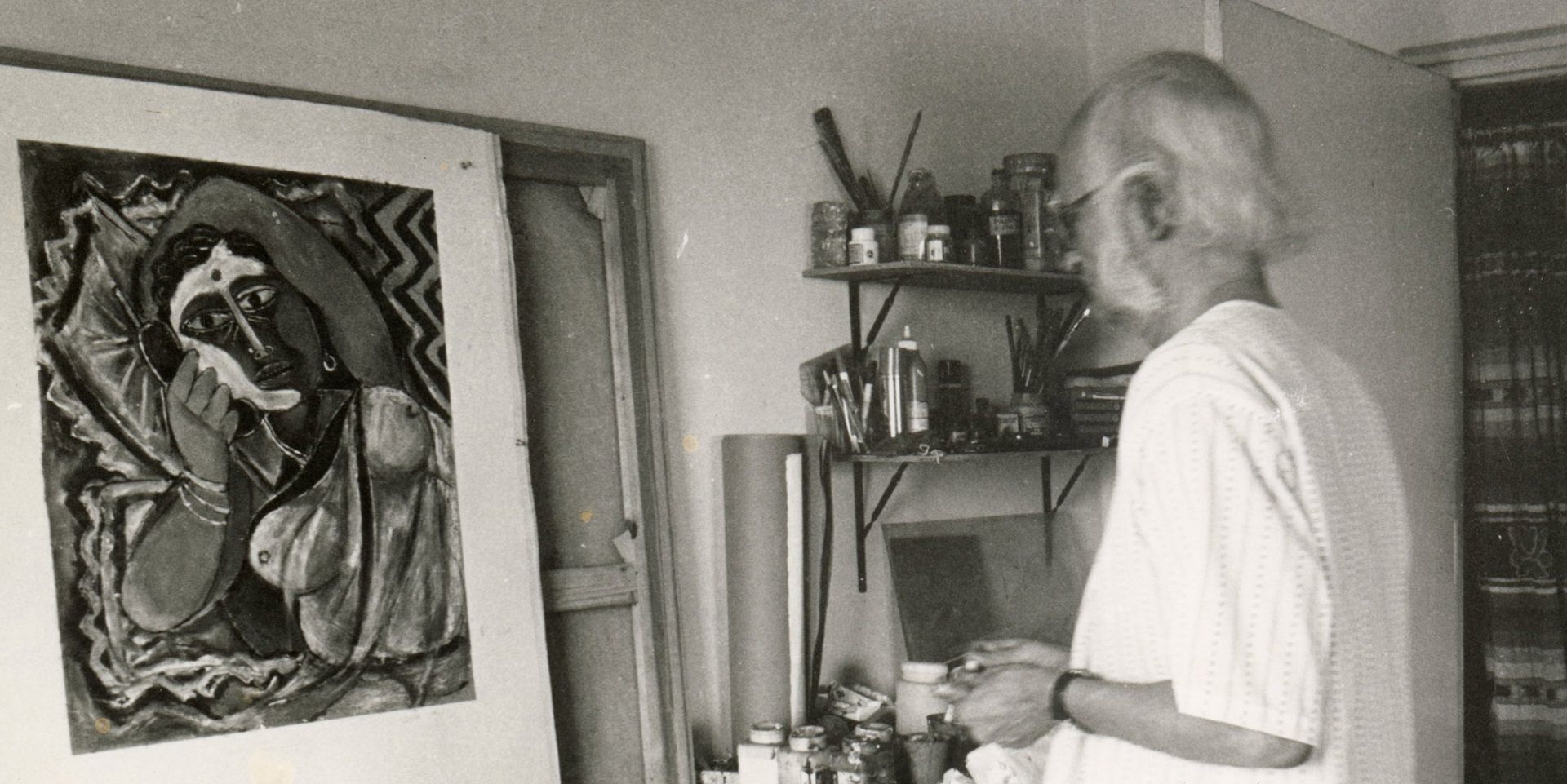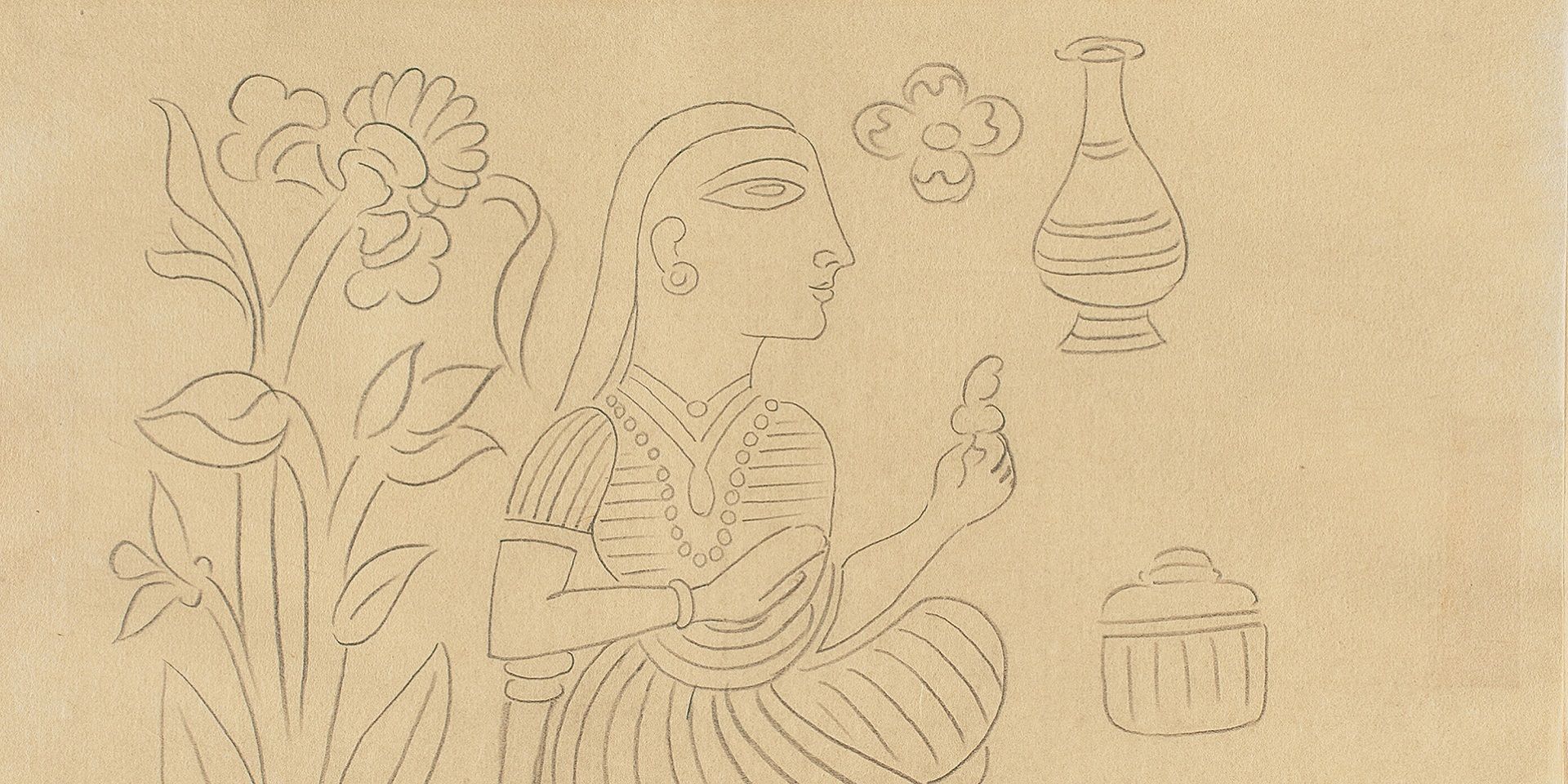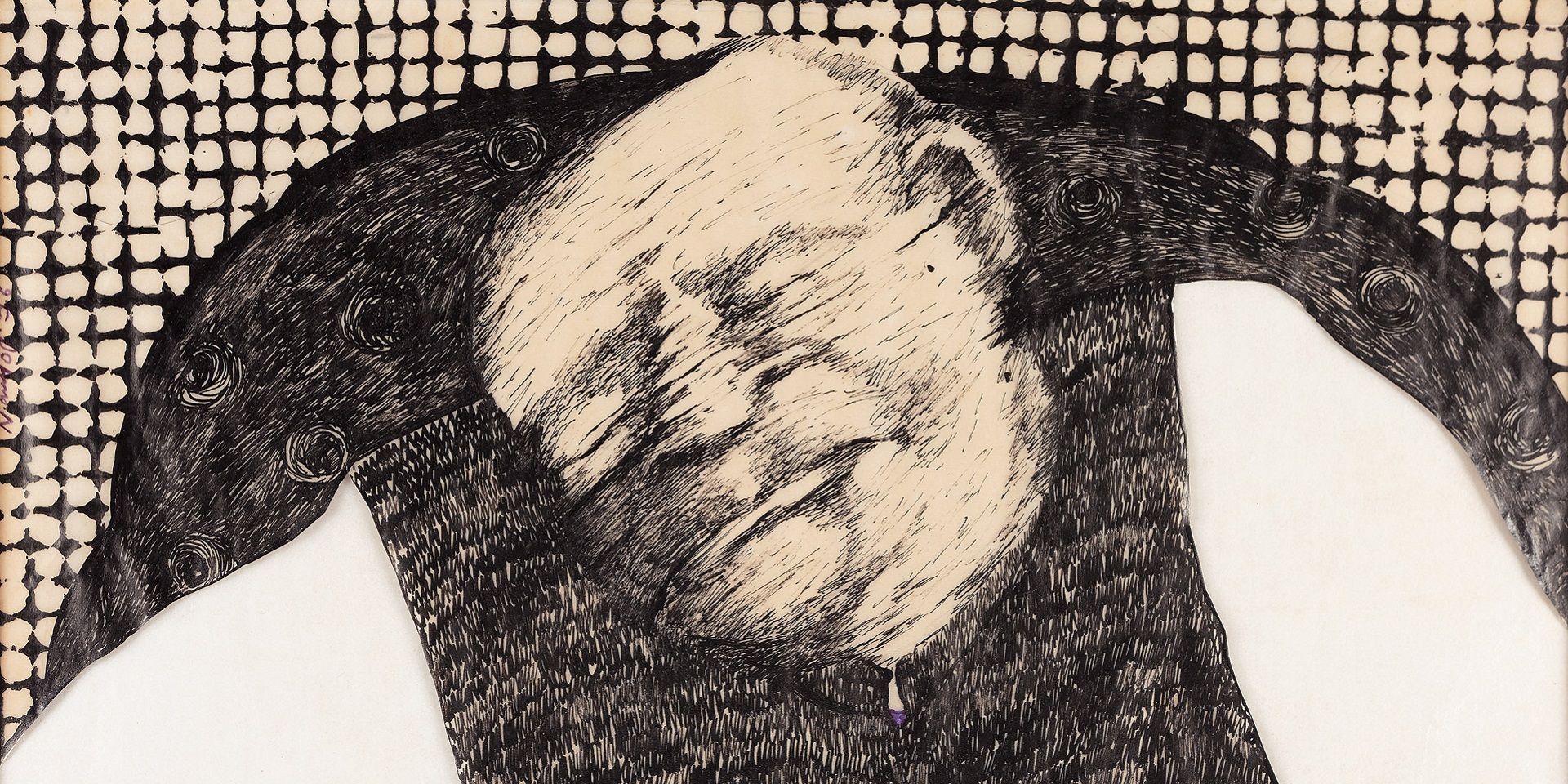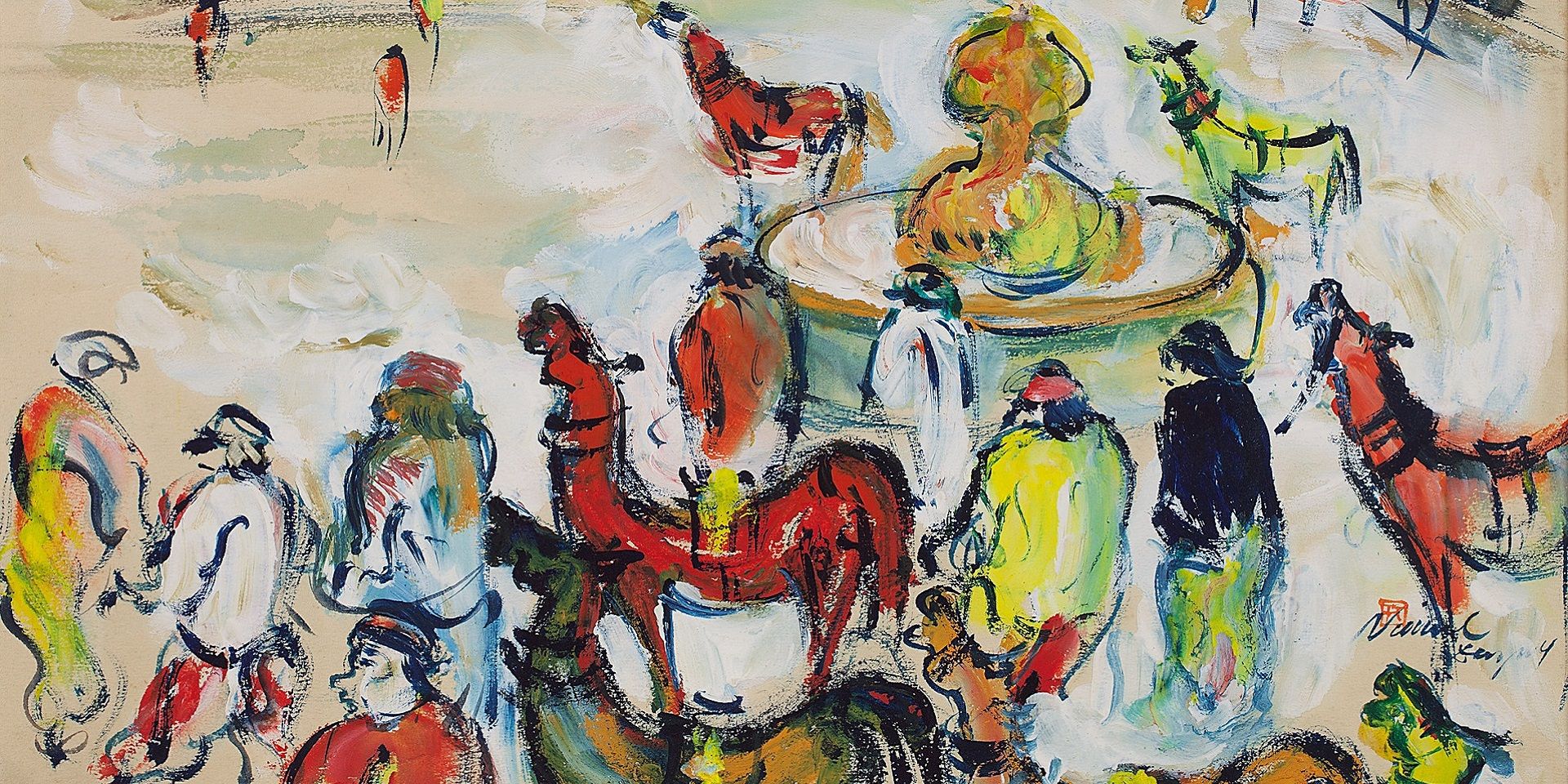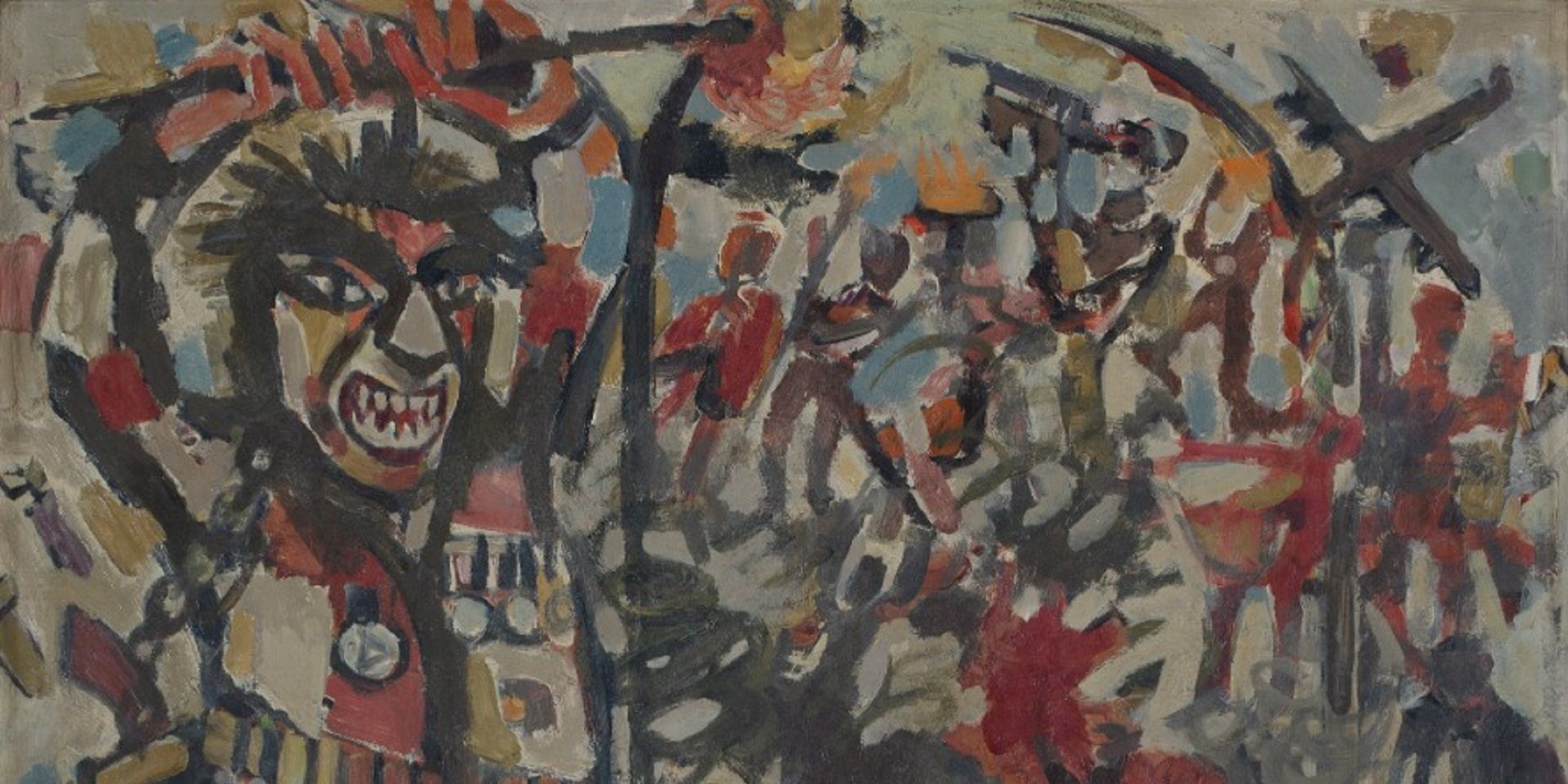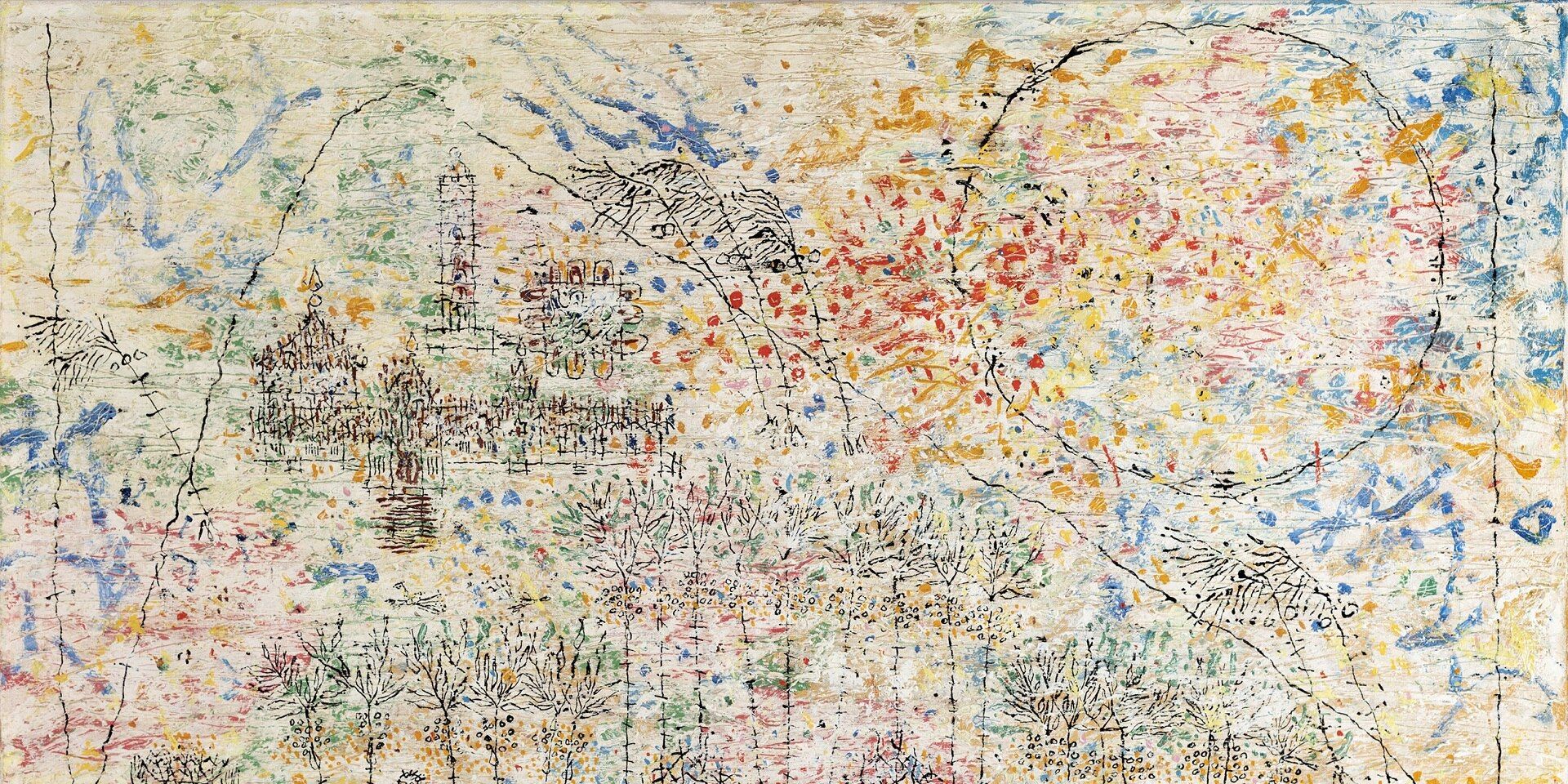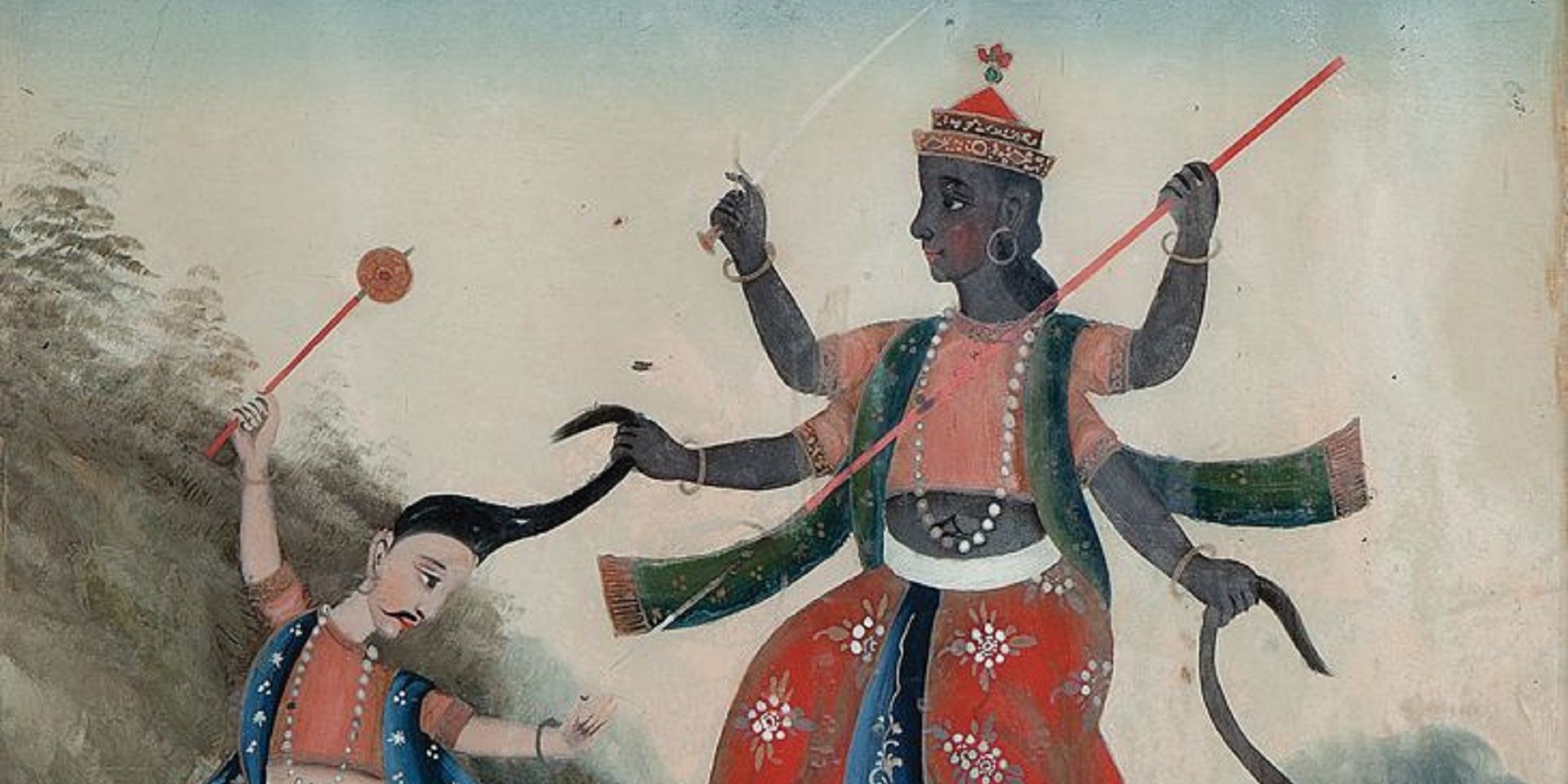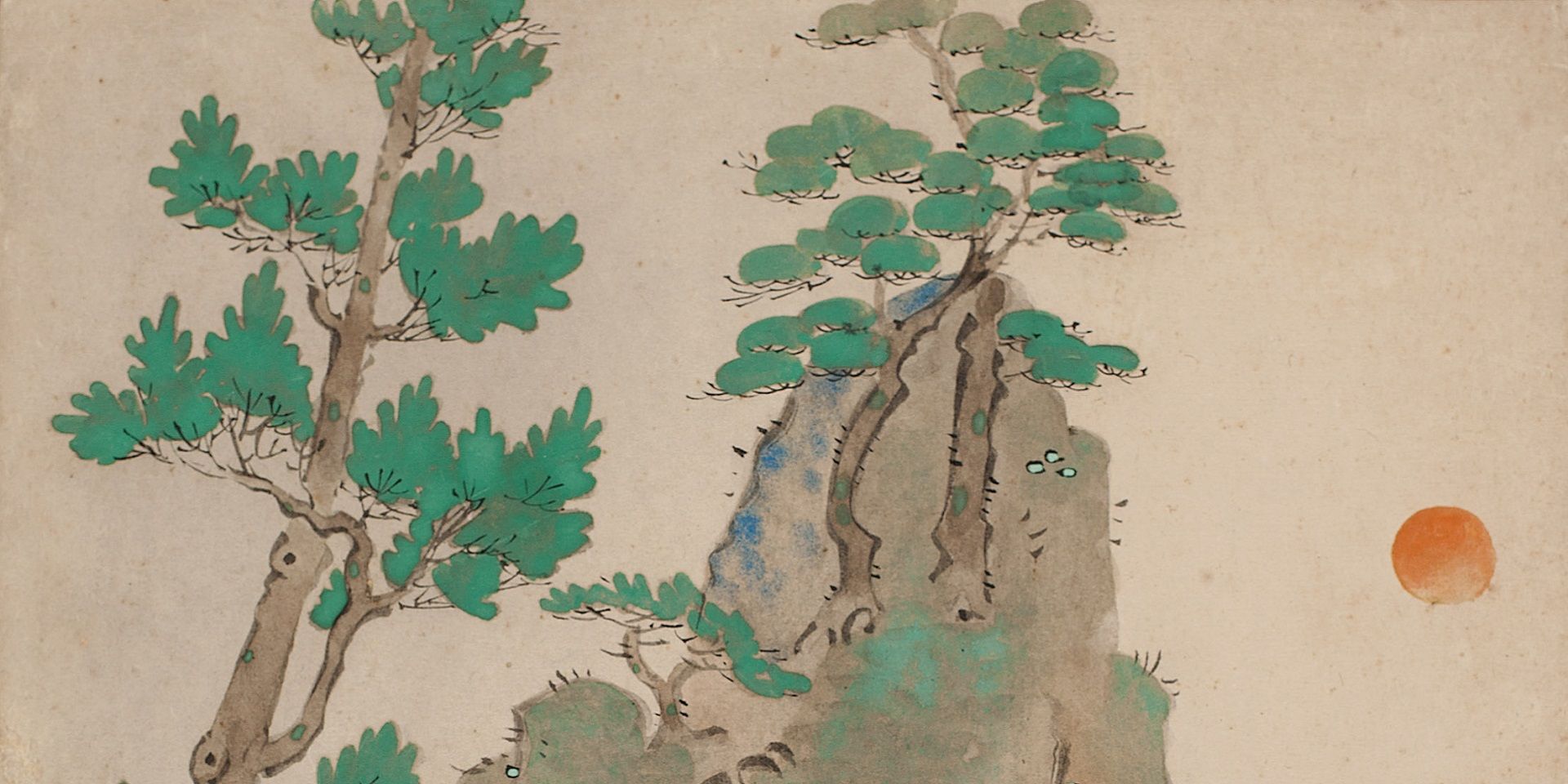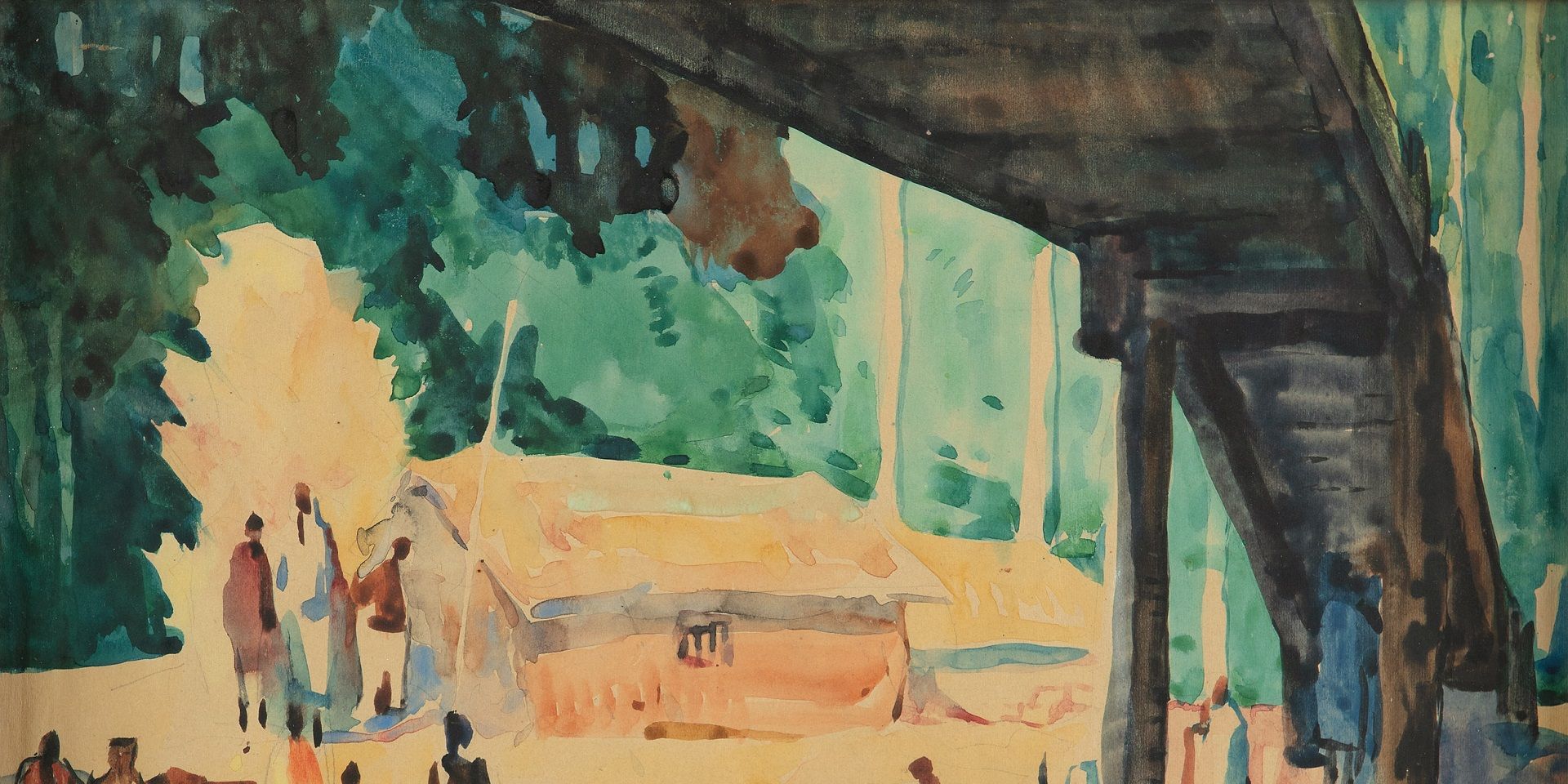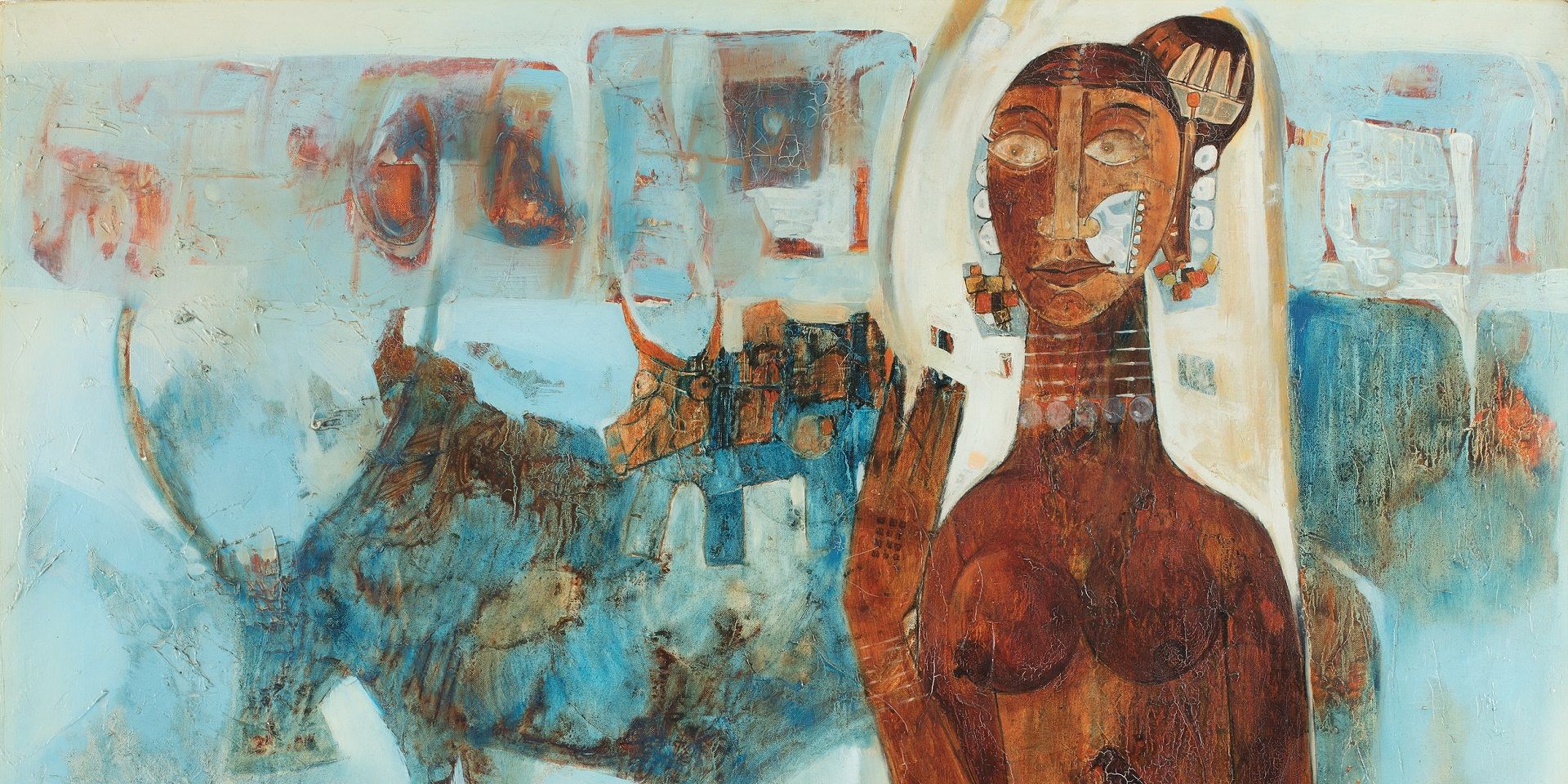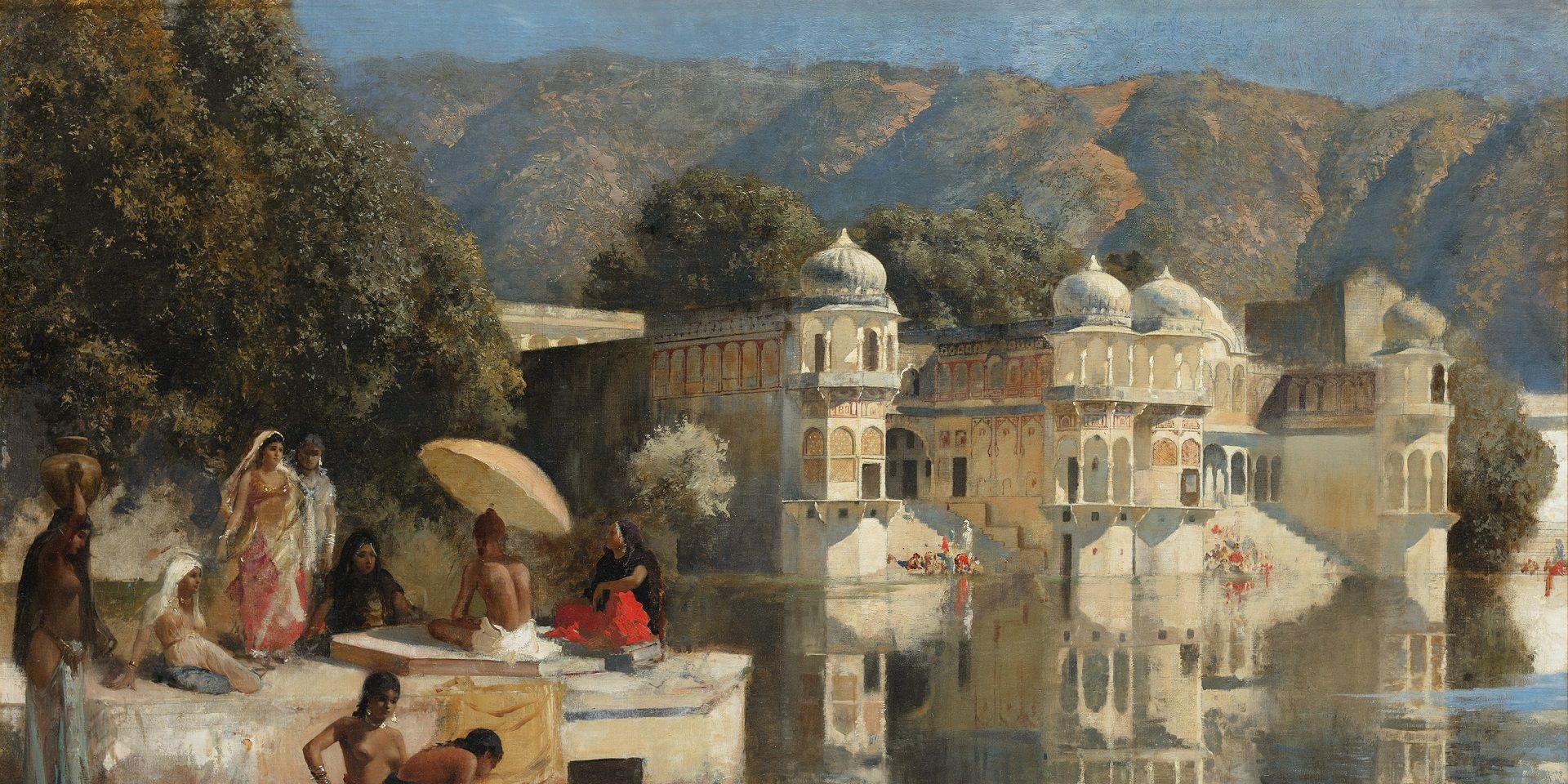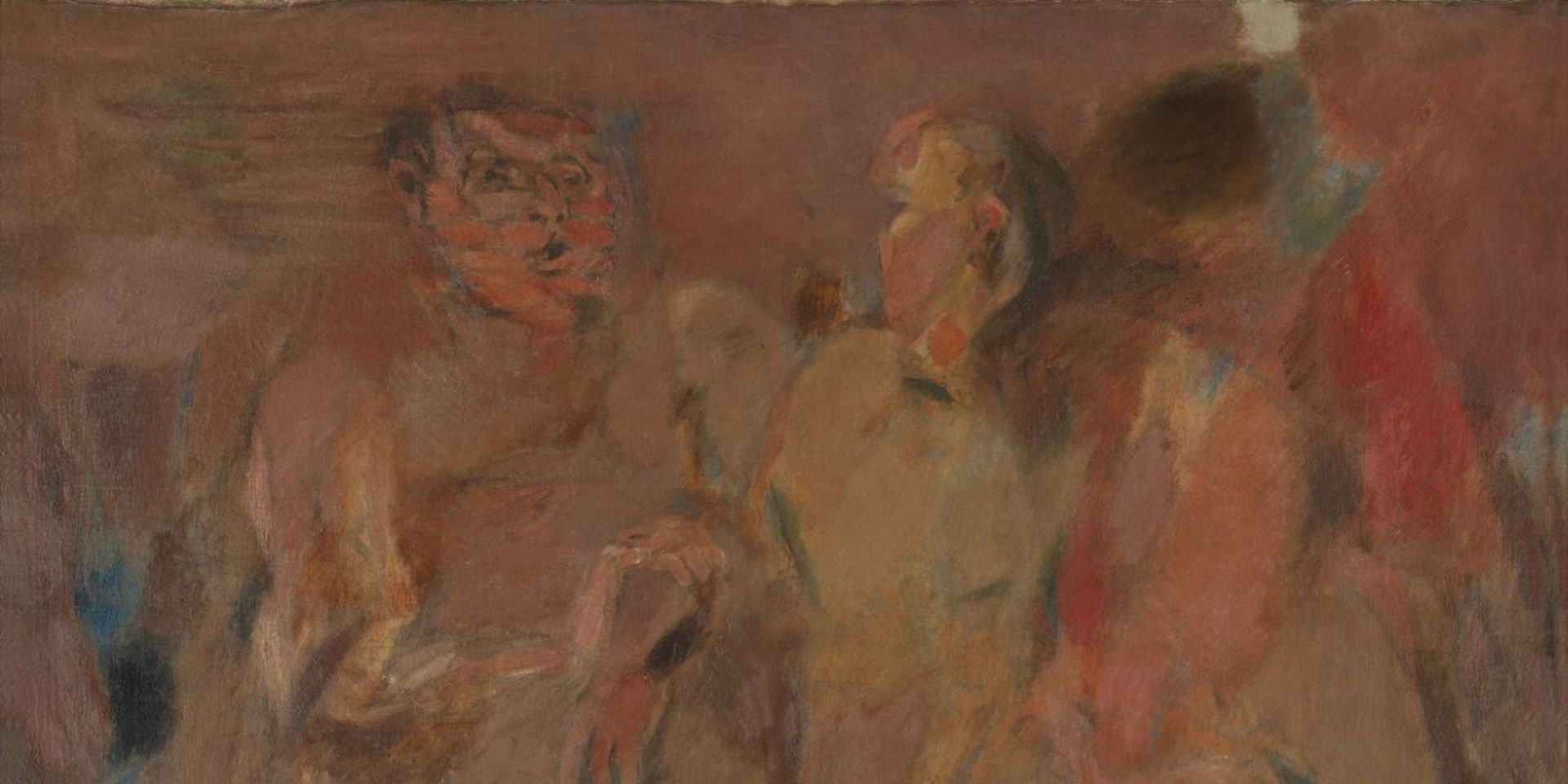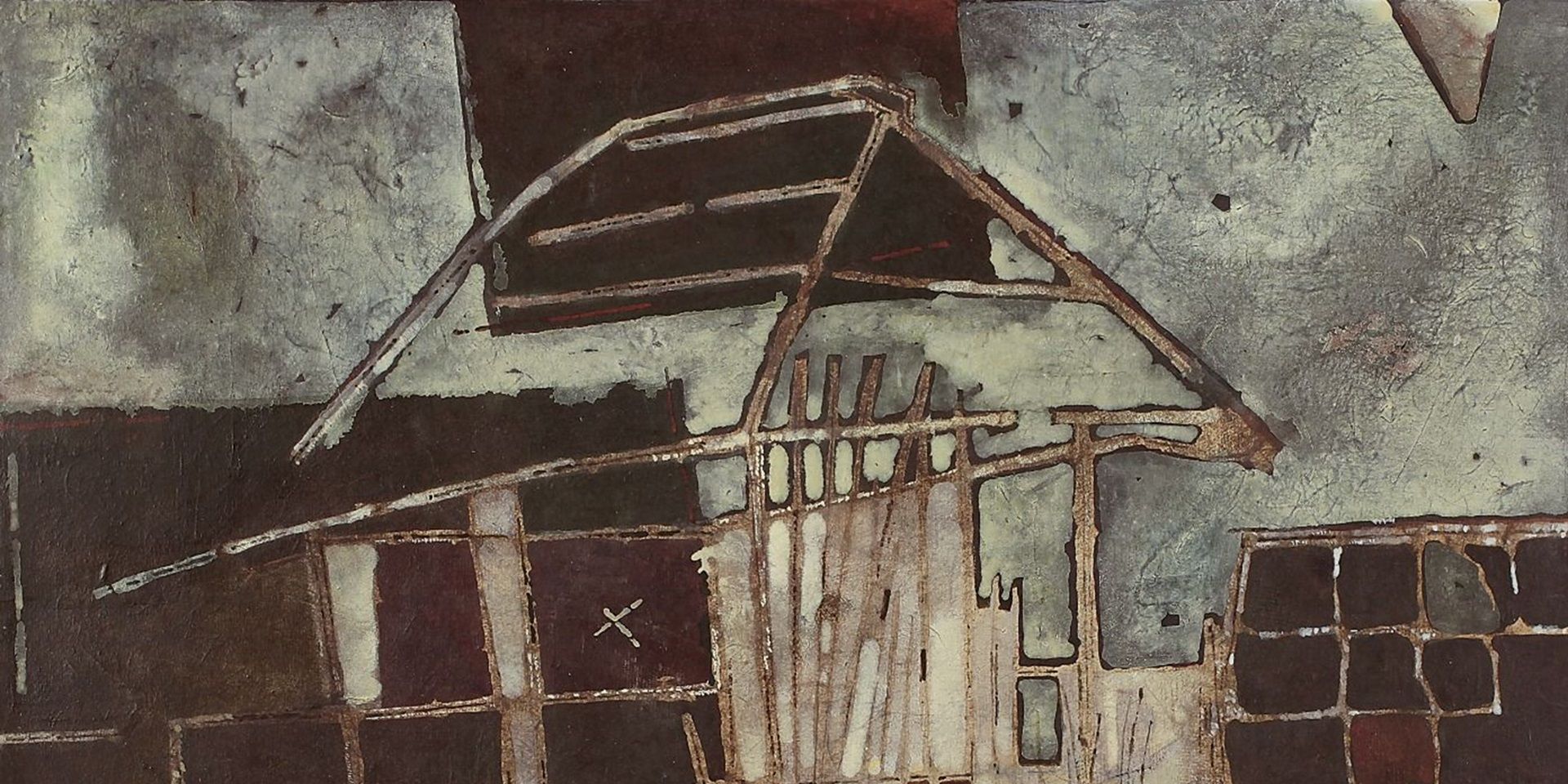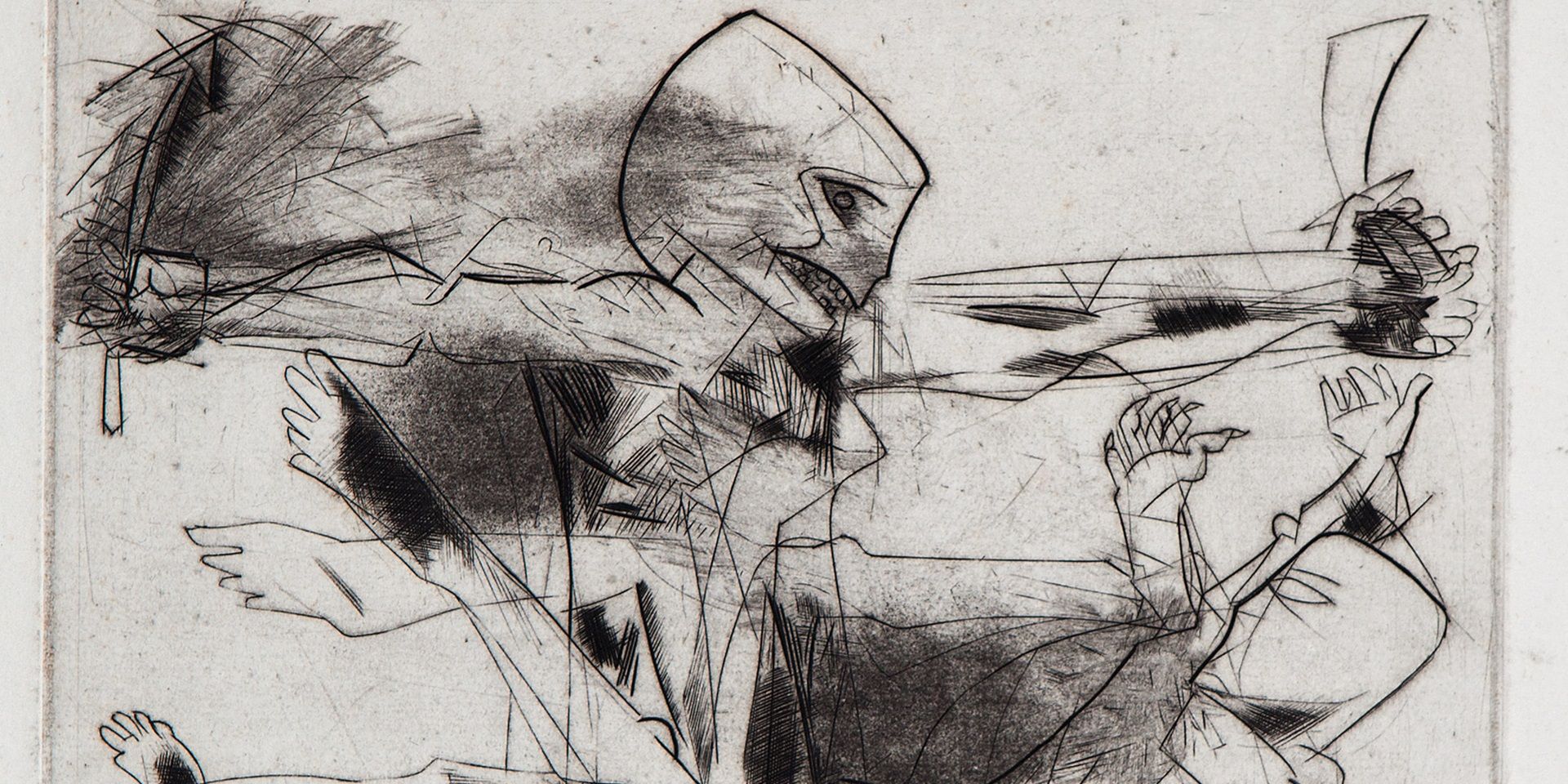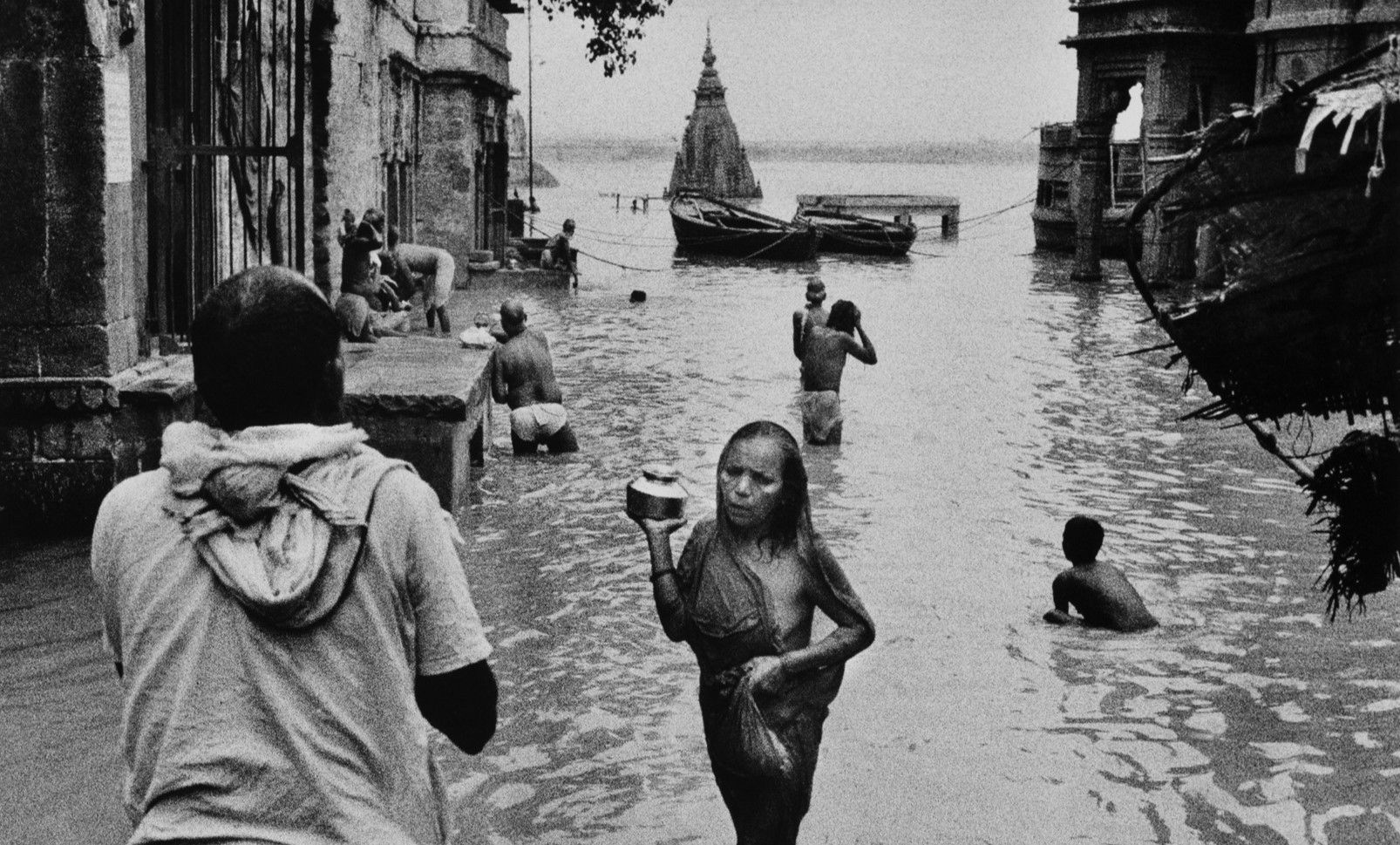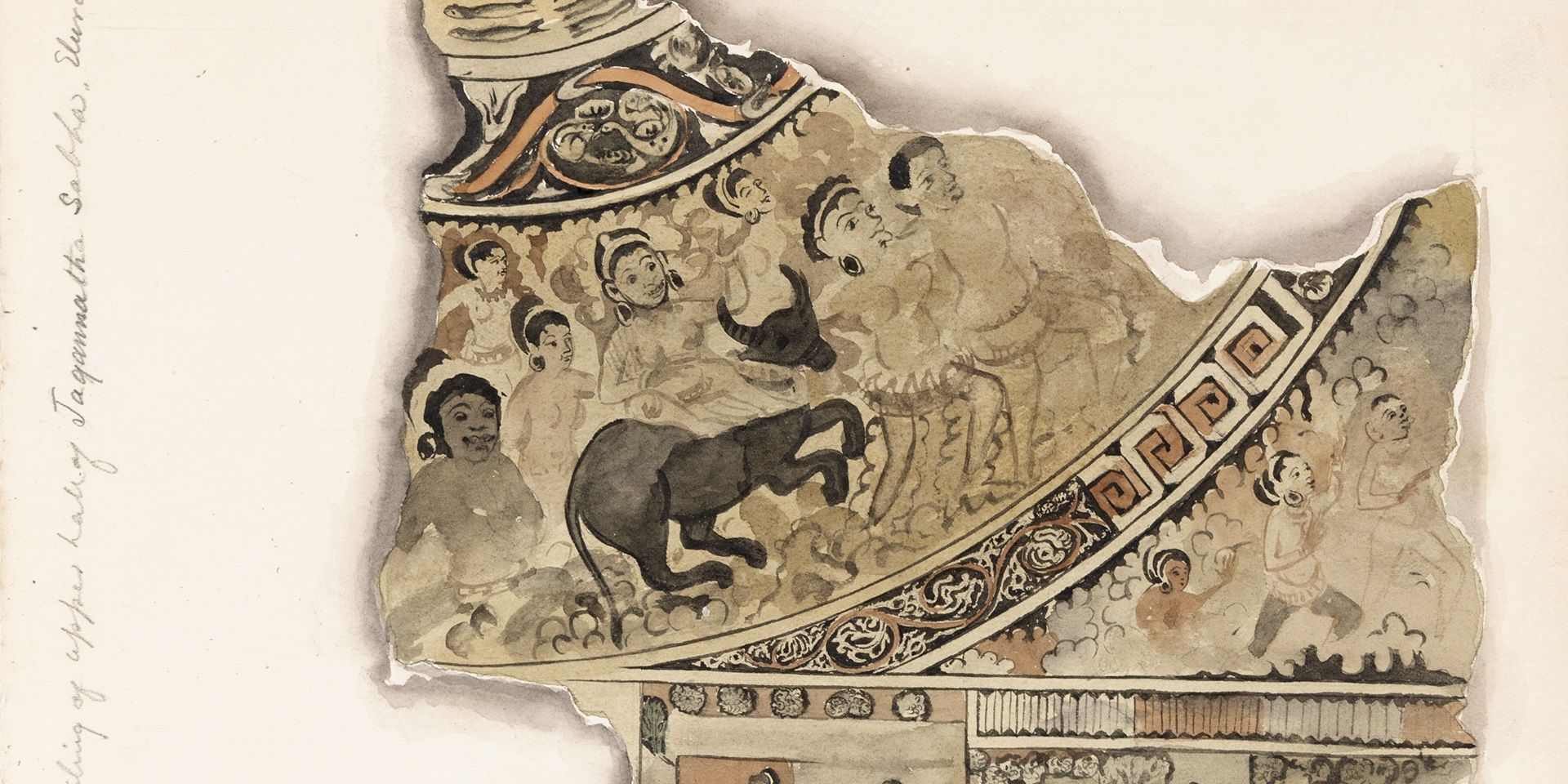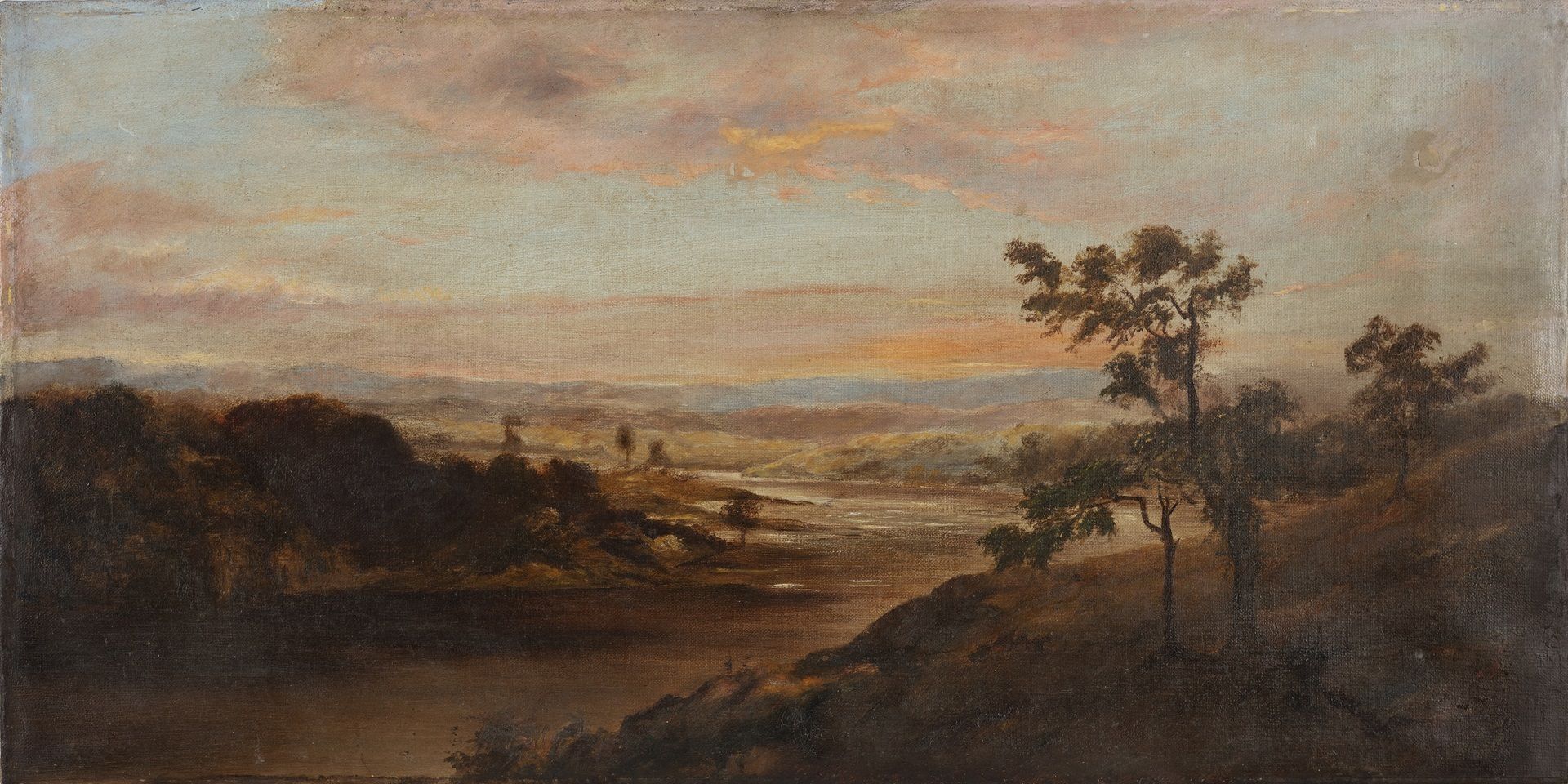V. S. Gaitonde’s Century: Celebrating a Master Abstractionist
V. S. Gaitonde’s Century: Celebrating a Master Abstractionist
V. S. Gaitonde’s Century: Celebrating a Master Abstractionist

V. S. Gaitonde, Garden (detail), 1958, Lithograph on paper, 12.7 x 21.0 in. / 32.3 x 53.3 cm. Collection: DAG
Born almost a century ago in the month of November, 1924, in Nagpur, Vasudeo S. Gaitonde (1924-2001) was a pioneering Indian abstract painter who revolutionised the art scene with his meditative, colour-driven canvases. Gaitonde studied at the Sir J. J. School of Art in Mumbai and was closely associated with the influential Bombay Progressive Artists' Group in the 1940s.
Gaitonde's artistic process was meticulous and time-consuming. He would layer the canvas with multiple coats of white to create an intense reflective surface, then work with opaque and translucent colours, allowing them to interact and form unique patterns. His patient approach often yielded only five to six paintings per year. Gaitonde's paintings evoke a sense of calm and introspection. He was influenced by Wassily Kandinsky's emotive art and synaesthetically ‘heard’ colours while painting. By the early 1960s he was painting in a small studio at the iconic Bhulabhai Desai Memorial Institute, which was a heterogenous space for practicing various kinds of arts from painting and music to theatre and puppetry; often taking place at the same time so that influences could seep directly from one discipline into another.
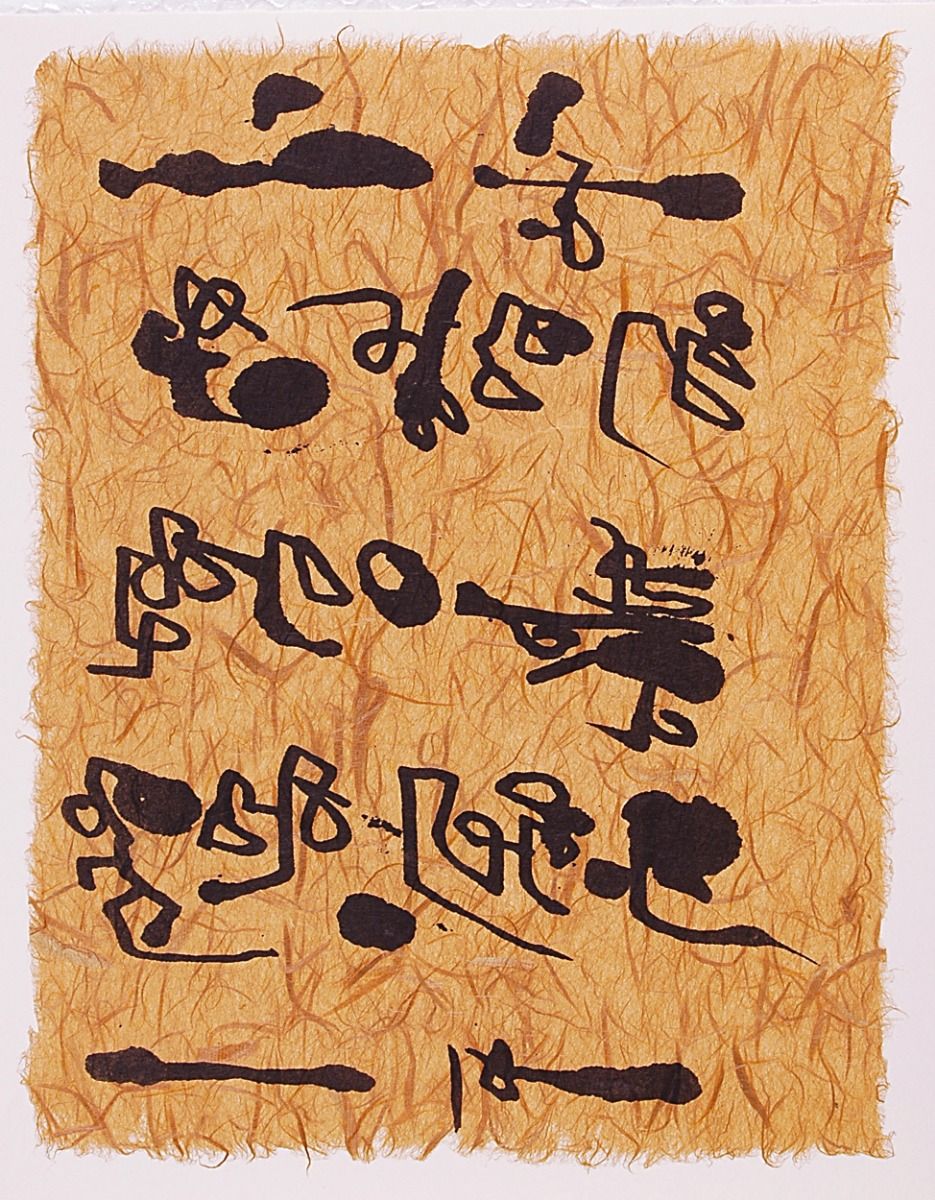
|
V. S. Gaitonde, Untitled, Serigraph on handmade paper pasted on handmade paper, 11.5 x 9.0 in. Collection: DAG |
From the 1960s onwards, enigmatic patterns and calligraphic forms began appearing in his works. Gaitonde was fascinated by the written languages of the Indus Valley and Harappan civilisations, as well as the calligraphy of ancient Egypt. He incorporated elements of these scripts into his compositions, creating a unique visual vocabulary. The calligraphic influences manifested in Gaitonde's paintings as highly personalised hieroglyphs and inventive markings. These abstract symbols evoked the surface of the canvas, invested with the artist's intuitions and meditations. The calligraphic forms in his paintings embodied the Zen principles of minimalism, spontaneity, and the expression of inner essence. They were a means for Gaitonde to communicate the silence and presence he sought in his art. By the 1970s, Gaitonde's canvases were dominated by vertical compositions with complex textures achieved through the use of rollers and brushes. The calligraphic elements became more pronounced, resembling erased or indistinct figures and hieroglyphs. Gaitonde's unique synthesis of calligraphy and abstraction was a significant contribution to the development of Indian modernism. His calligraphic paintings evoked a sense of mystery, spirituality, and the ineffable nature of existence, making them highly sought after by collectors today. Moreover, his attempt to recover east Asian methods of painting represent an ongoing pan-Asian dialogue in modern Indian art that was initiated at the turn of the century by travelling artists from Japan, China and India. While historians tend to highlight the western and indigenous influences in post-independent Indian art, it is worth keeping in mind that earlier associations and networks did not simply fade away in the new nation.
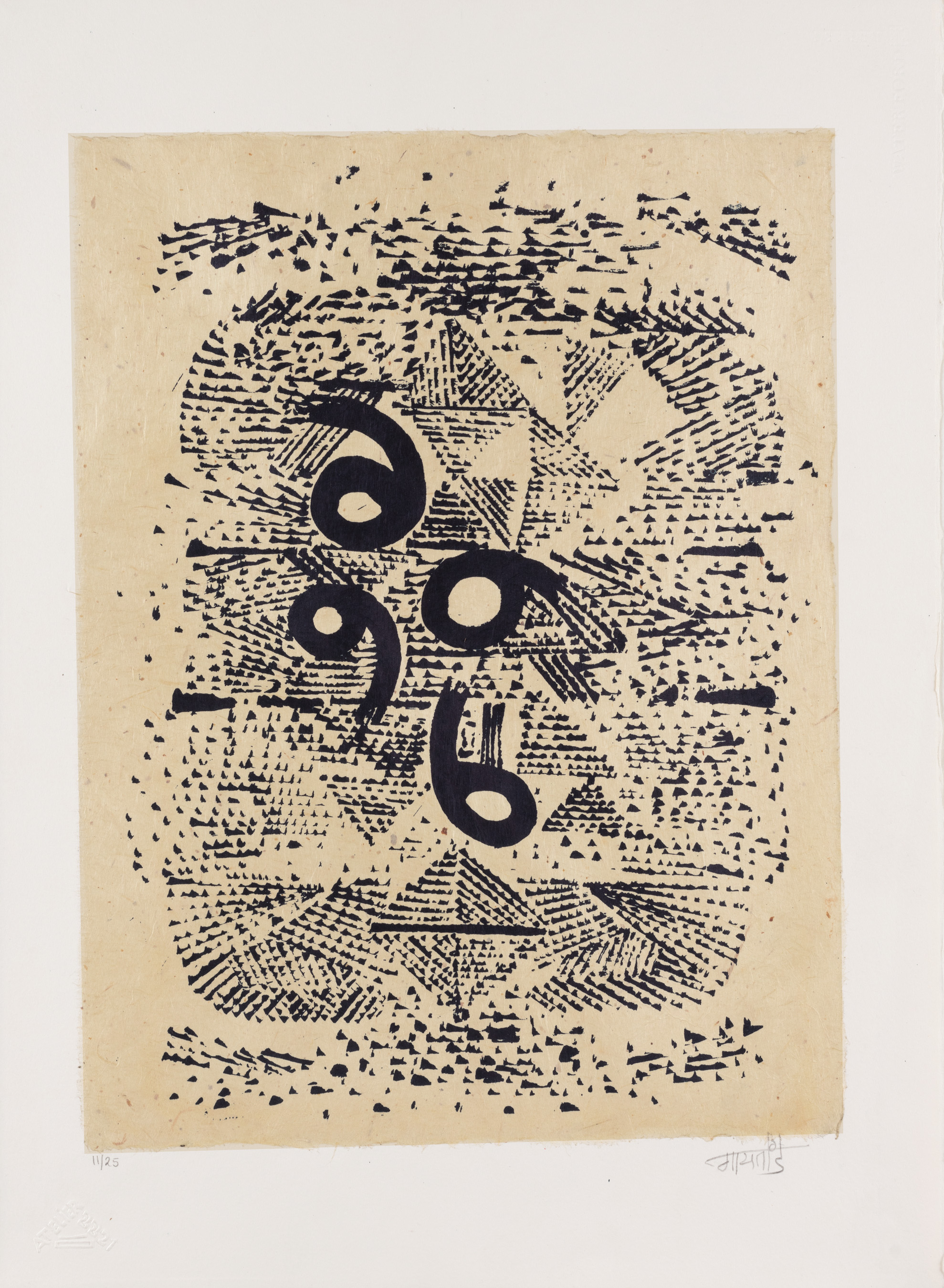
|
V. S. Gaitonde, Untitled, Lithograph and Chine colle on paper, 11.5 X 8.7 in. Collection: DAG |
Gaitonde's works appear to float in a meditative space, with subtle colour fields and irregular shapes that balance the canvas. Though considered an abstract painter, Gaitonde resisted the label, believing there was no such thing, instead often calling his works ‘non-objective’. He preferred to let his colours and textures speak for themselves, creating an atmosphere of nothingness that absolves the quest for meaning. Gaitonde's paintings invite the viewer to experience art and life as they are, without imposing any narrative. In the 1970s, Gaitonde reached the pinnacle of his abstract exploration in Delhi, mastering the transcendental possibilities of colour. His later years were marked by an unfortunate accident that limited him to paper sketches. Gaitonde's reclusive nature and philosophical approach to art have cemented his status as one of India's most revered, intellectually challenging and influential abstract painters.
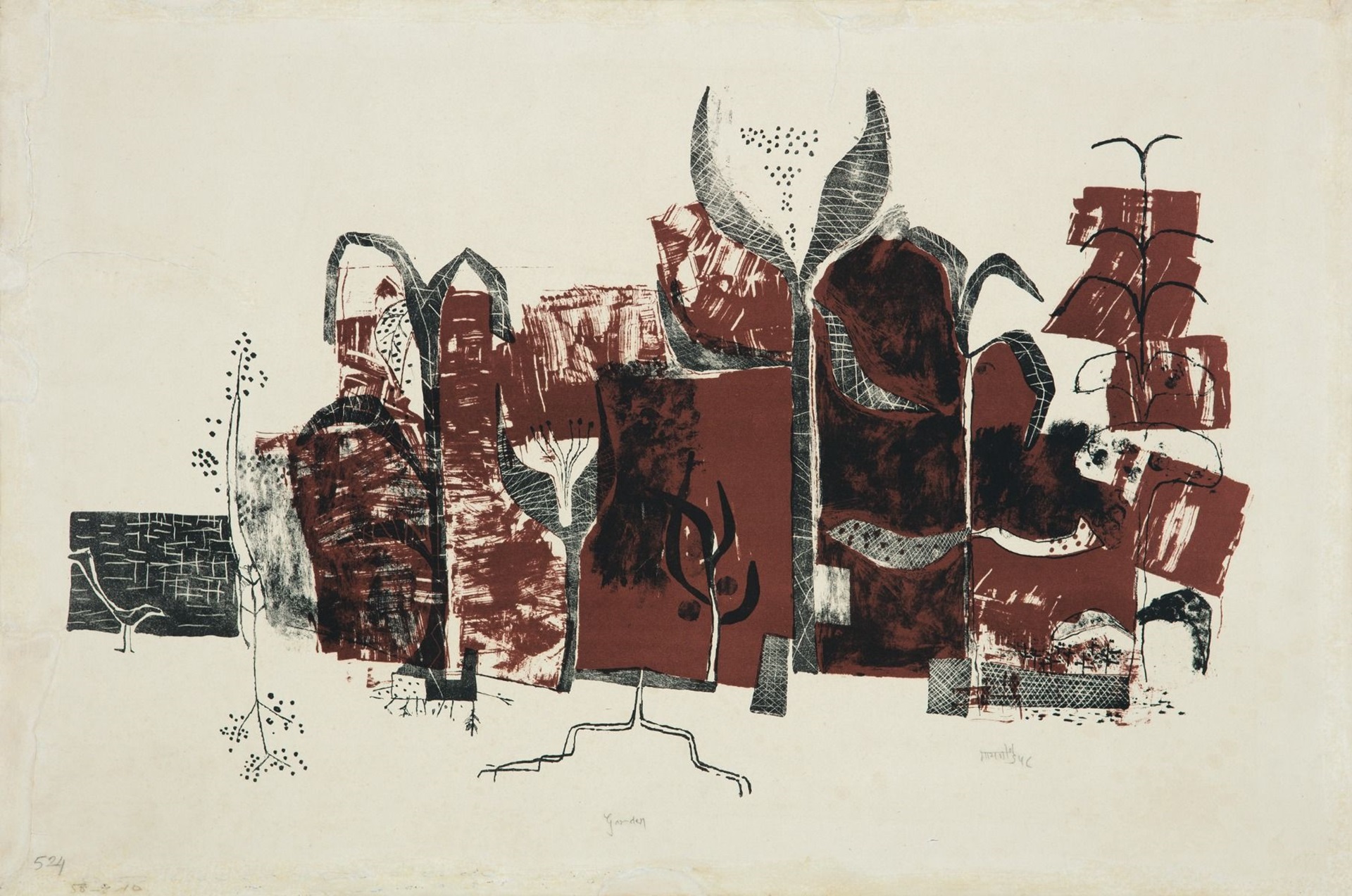
V. S. Gaitonde, Garden, 1958, Lithograph on paper, 12.7 x 21.0 in. / 32.3 x 53.3 cm. Collection: DAG
related articles
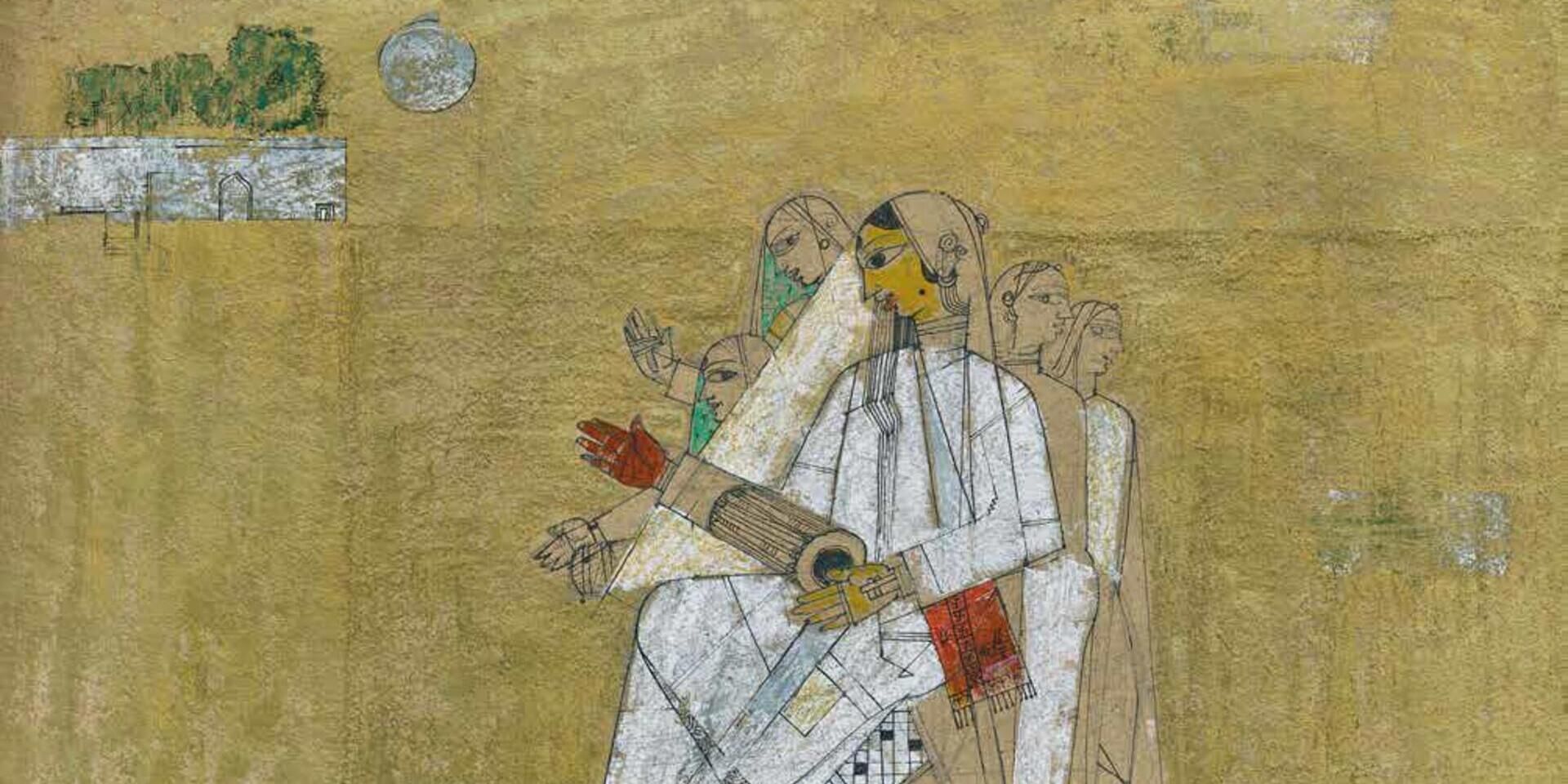
Essays on Art
Before the Chaos of Destruction: Jeram Patel's Iconic Works
Roobina Karode
February 01, 2023
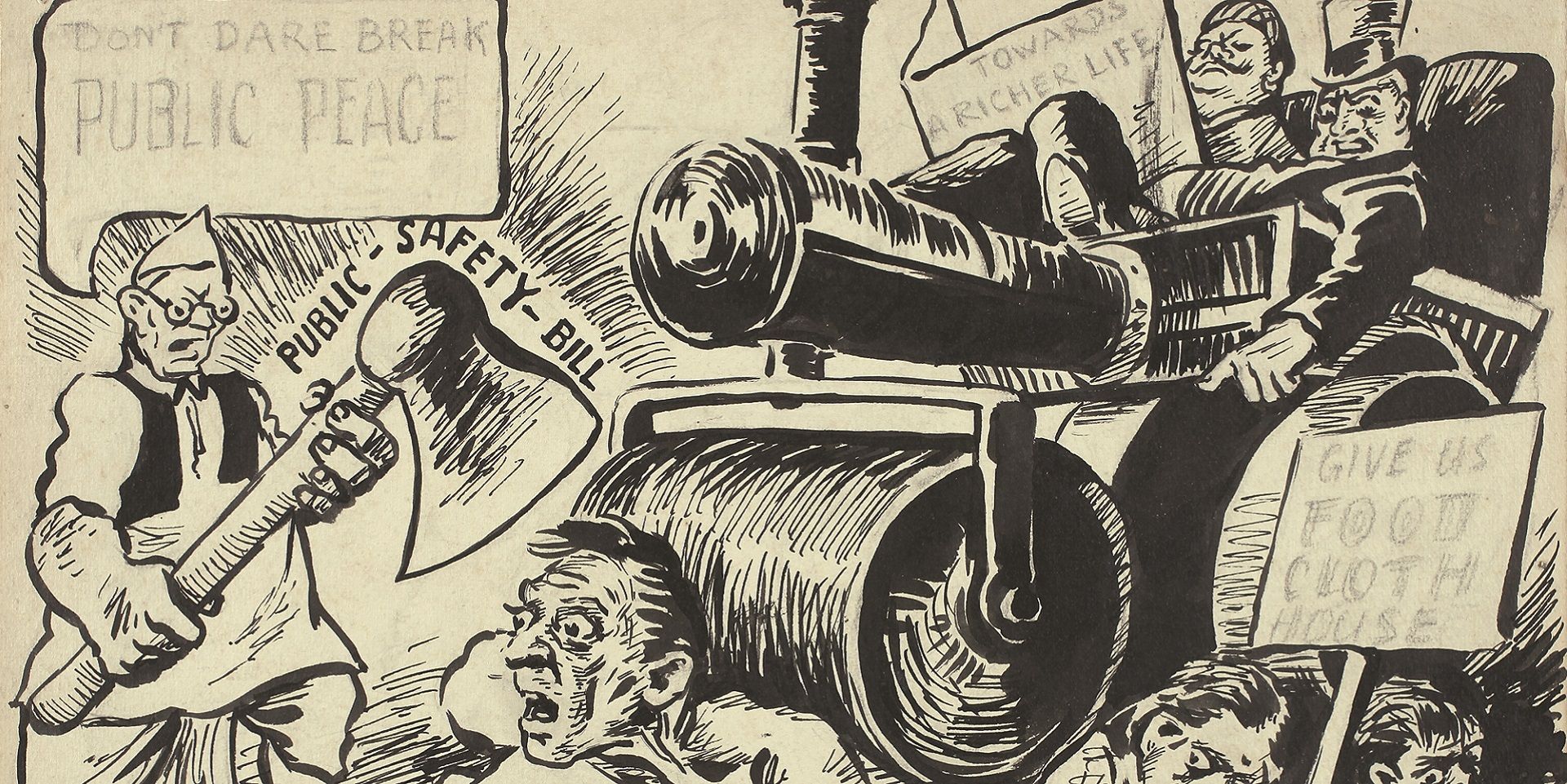
Essays on Art
To Hell with the State: Caricature in early (Post)colony
Sayandeb Chowdhury
June 01, 2023

Essays on Art
Searching for the ‘Inner Form’ in Prabhakar Barwe’s Blank Canvas
Bhakti S. Hattarki
August 01, 2023
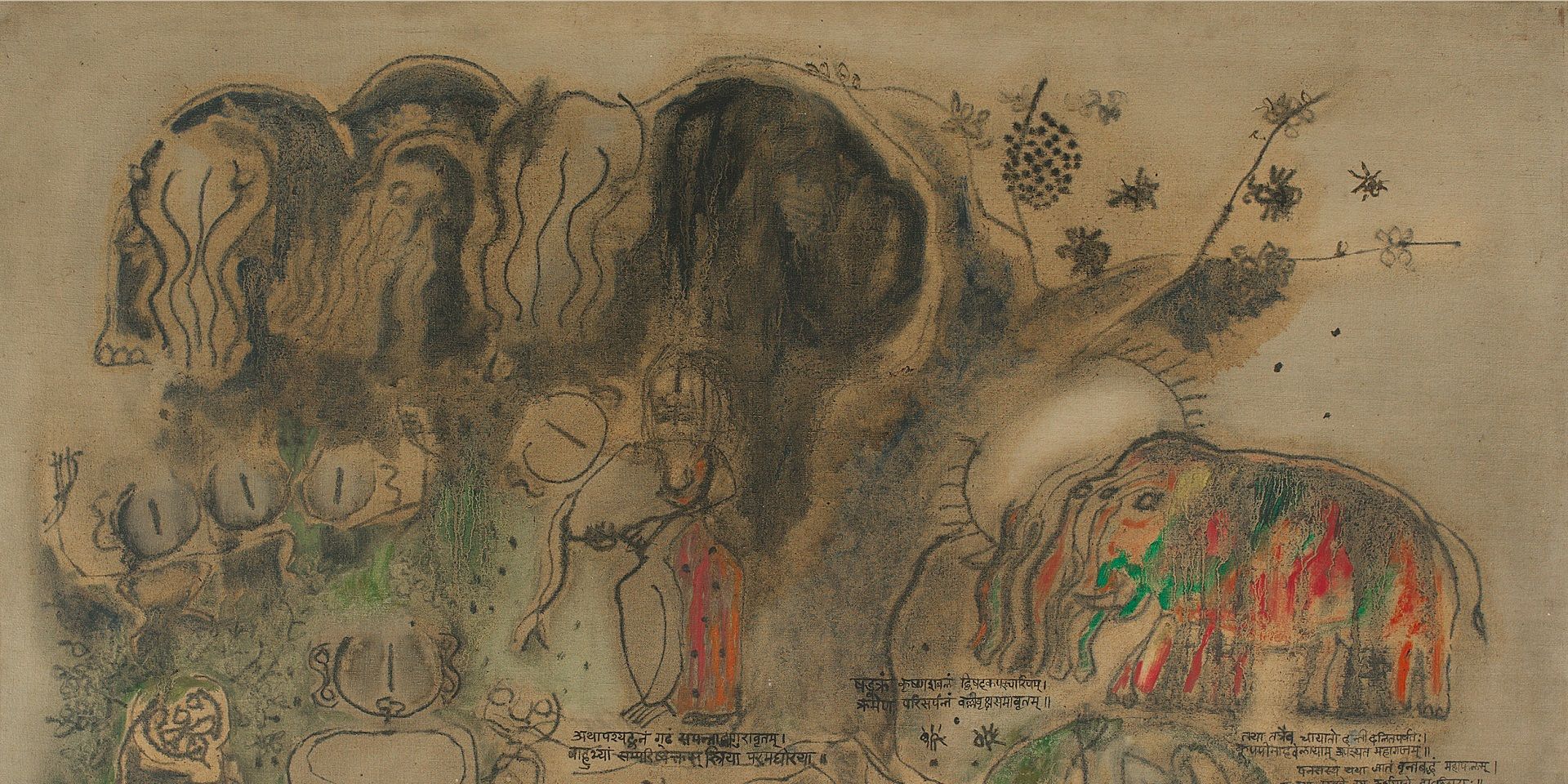
Archival Journeys
'The “livingness” of the past’: M. Reddeppa Naidu's mythologies
Shaon Basu
July 01, 2024
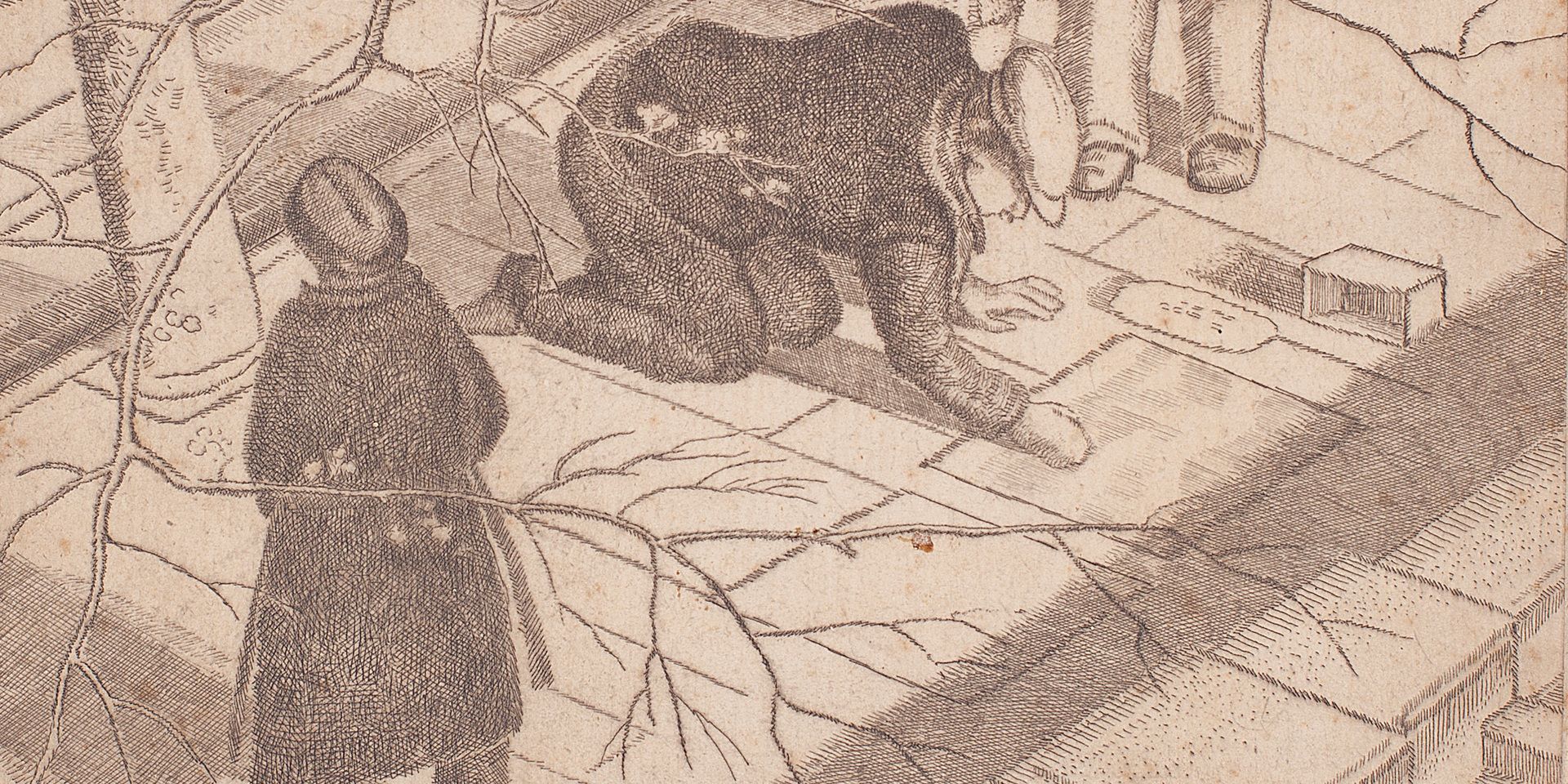
Travelling with Artists
Europe Before the War: Travelling with Ramendranath Chakravorty
Shreeja Sen
July 01, 2024
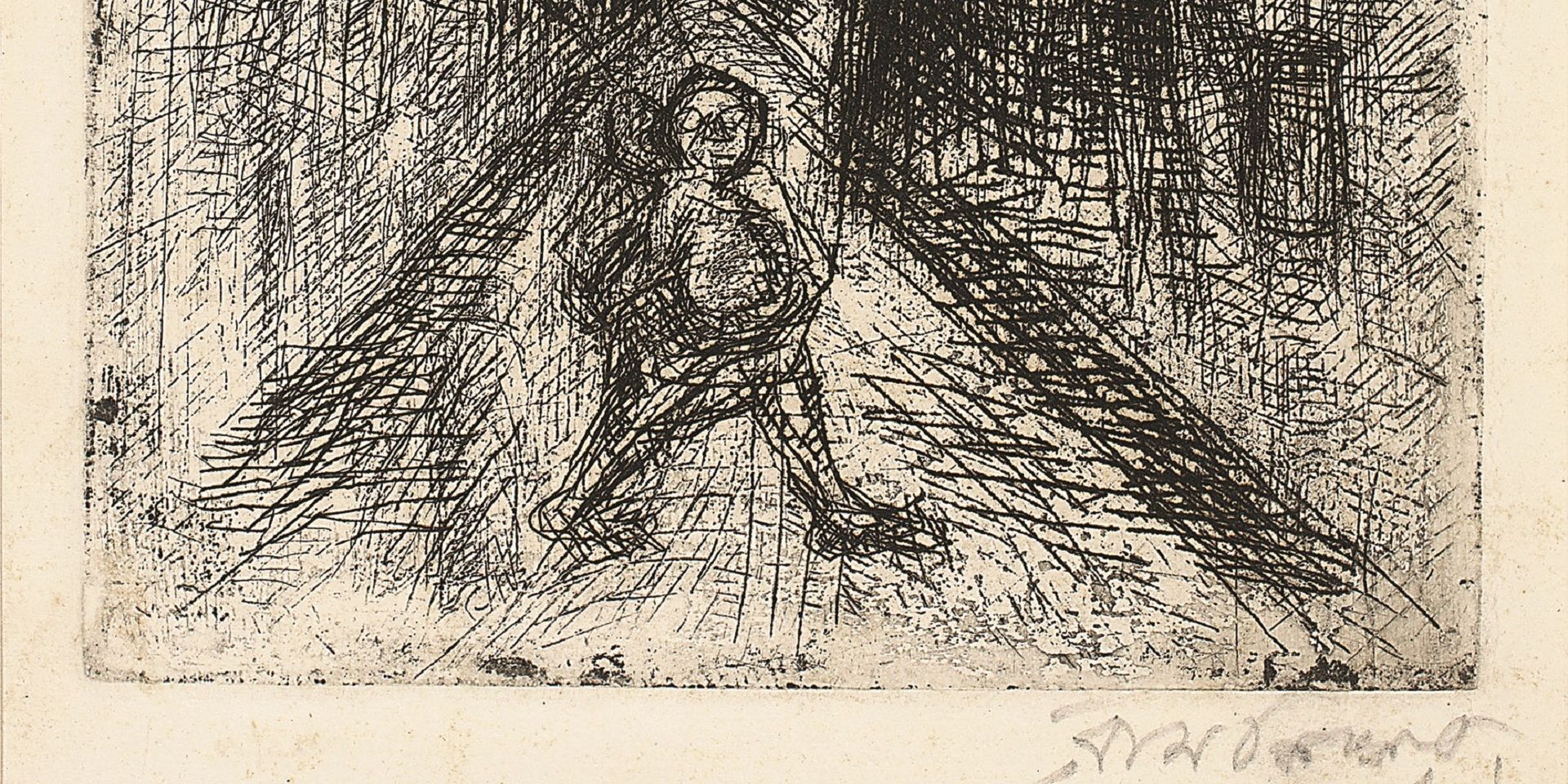
Essays on Art
On 'Not Looking Back': Samaresh Basu meets Ramkinkar Baij
Debotri Ghosh
August 01, 2024
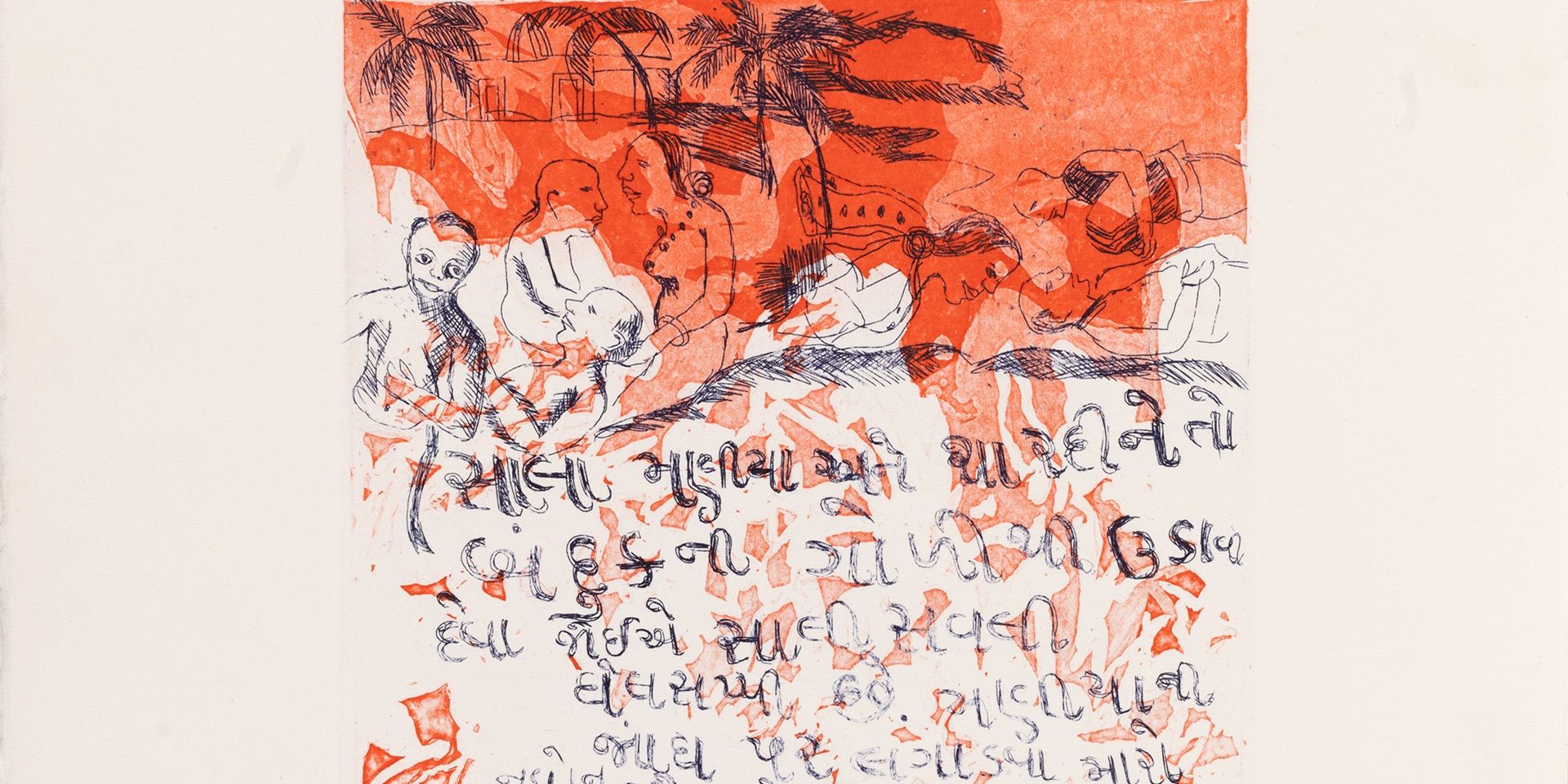
Erotics of the Foreign: On Bhupen Khakhar's 'Phoren Soap'
Bhakti S. Hattarki and Ankan Kazi
September 01, 2024
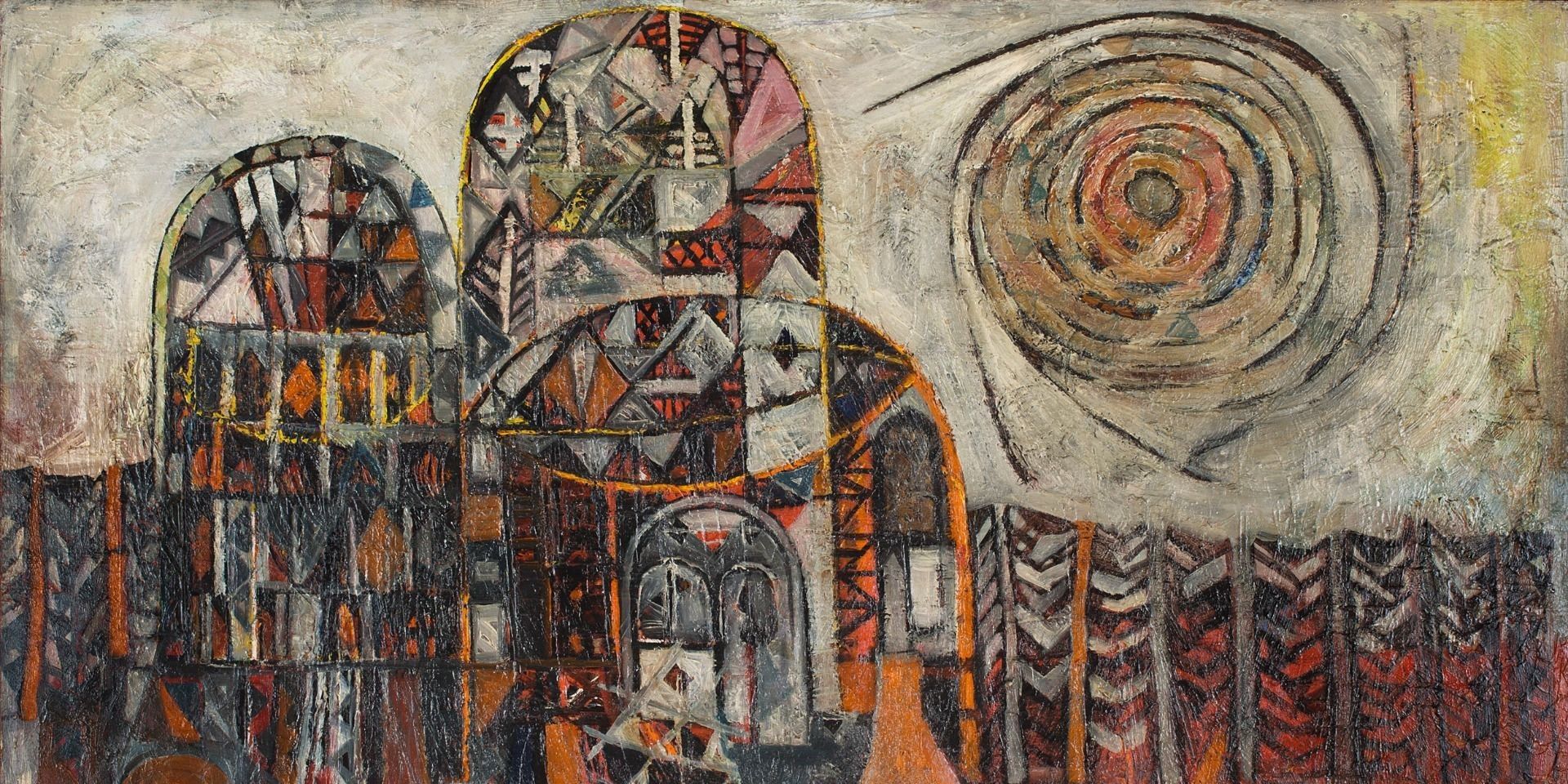
Essays on Art
Peripheries and the Center: Souza and Avinash Chandra in London
Shreeja Sen
December 01, 2024



